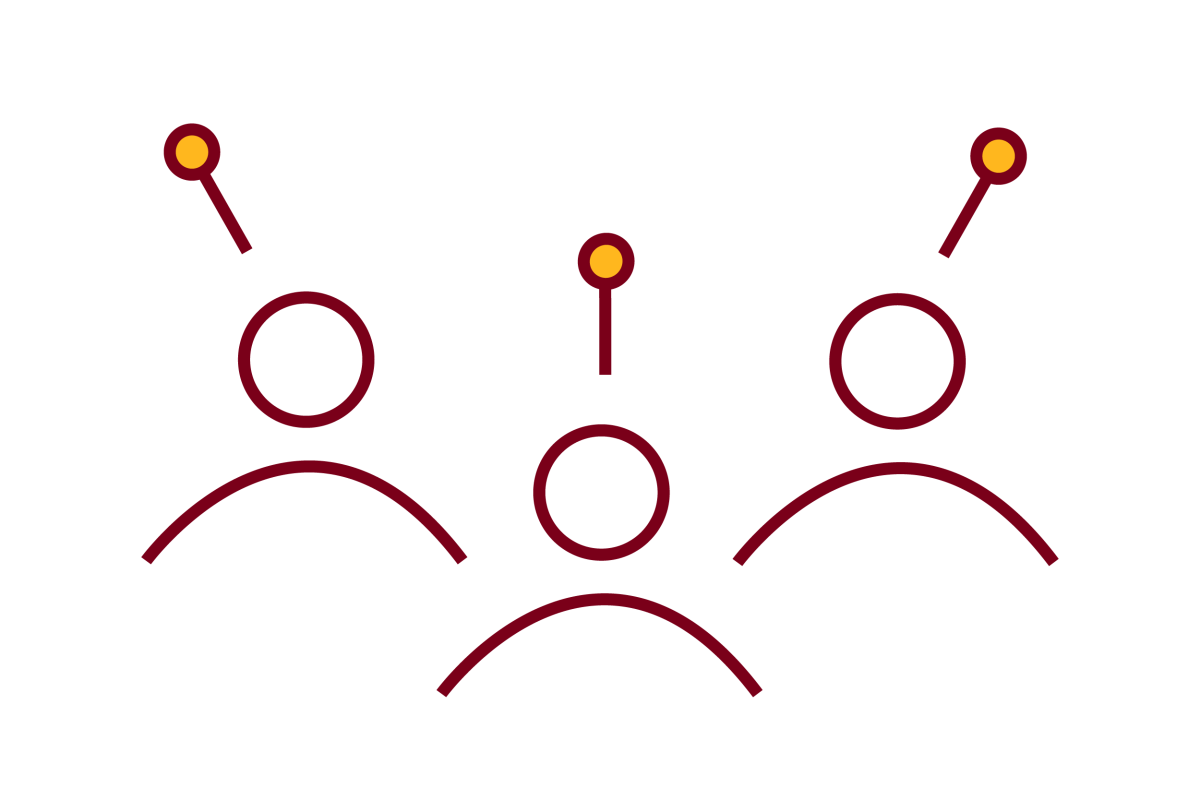Enhancing Access to Peer Support Through Technology for Recovery from Substance Use Disorders [thesis]

Author
Sabirat Rubya (Ph.D. 2020)
Abstract
More than 23.5 million people in the United States (and a lot more worldwide) suffer from substance use disorders (SUDs). SUDs represent one of the most widespread and hazardous public health issues. Even after following a crisis medical treatment intervention(e.g., detox, rehab), up to 75% of individuals have recurrence of the symptoms within one year. In order to reduce the risk of relapse, healthcare providers recommend going through a maintenance program that includes continued abstinence and peer support. The most common approach to practicing recovery maintenance is by participating in “12-step” programs, such as Alcoholics Anonymous (AA). Although members worry about achieving anonymity, access, equality, etc., as technology interacts with the program, there are opportunities for designing technology to help the peer support process in these special groups. However, it is vital to understand the challenges faced by the members of these groups to inform design of technologies for them. This dissertation focuses on understanding the opportunities and challenges for technology to amplify peer support in recovery communities and developing new interface technologies to enhance their reach to the help, support, and connection when they need it most. In the course of developing an application that help people find the right AA meetings for them, I explore the opportunity of applying human-in-the-loop information extraction techniques in extracting unstructured data with better accuracy. This work also explores the performance trade-offs in crowdsourcing in terms of task completion time, cost, and accuracy, while applying different crowd-work techniques to recruit generic workers vs. community members from different platforms.
Link to full paper
Enhancing Access to Peer Support Through Technology for Recovery from Substance Use Disorders
Keywords
human computer interaction, social computing